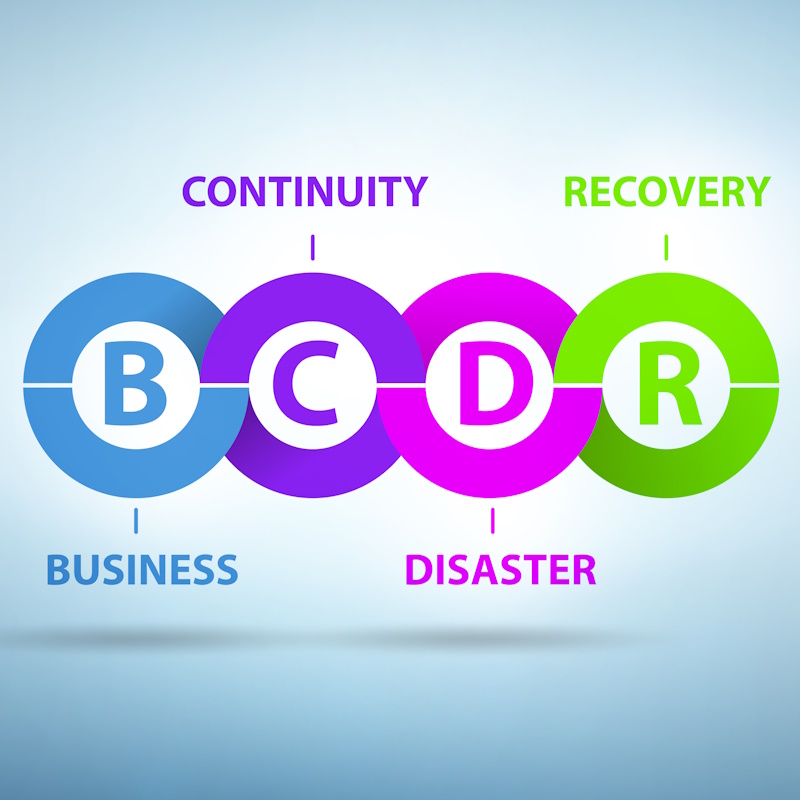Recent Posts
Categories

When setting up your cloud-based backups there are best practices to keep your backups running smoothly, in the hopes that you never need them, but with the peace of mind you can quickly recover and restore your data/infrastructure.
Set Clear Expectations
Be sure you understand your needs and expectations with your provider. Read the Terms and conditions. What is your Risk tolerance? Is 2-hours’ worth of data loss acceptable or 2-days. How long is going to take you to recover. Do you expect a 5-min cut-over or a 5-day recover process. Are you just backing up your data, or do you need your entire infrastructure restored if necessary. These things are important to talk to your backup vendor about to make sure you get the right solution.
Configure your Retention and backup policies.
Once you know what your needs are, make sure your backup retention and polies are set up to meet your expectations. This should be reviewed on a regular basis, so you can make sure there are not changes in your requirements.
Test your Backup Regularly
Automated backups are great! Recovery tools are even better. To find out they are not working as expected or full of errors can be a nightmare. Regularly test your backups and recovery processes to ensure they are working. Not only will this give you piece of mind that everything is working as expected, but practice how to recover in case of a crisis.
Stay up to date with Security
As the digital works continues to become more complex, so do the security risks. We have more devices and applications accessing our networks daily. It is crucial to understand your risks and vulnerabilities. Having strategies in place to prevent and respond to them is imperative. This is vital to your survival and competition. These strategies can increase your odds of survival against these threats, making your more resilient than you competition.



